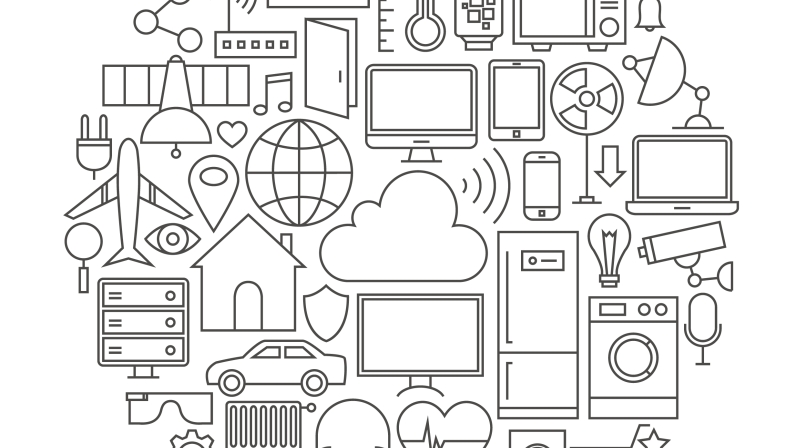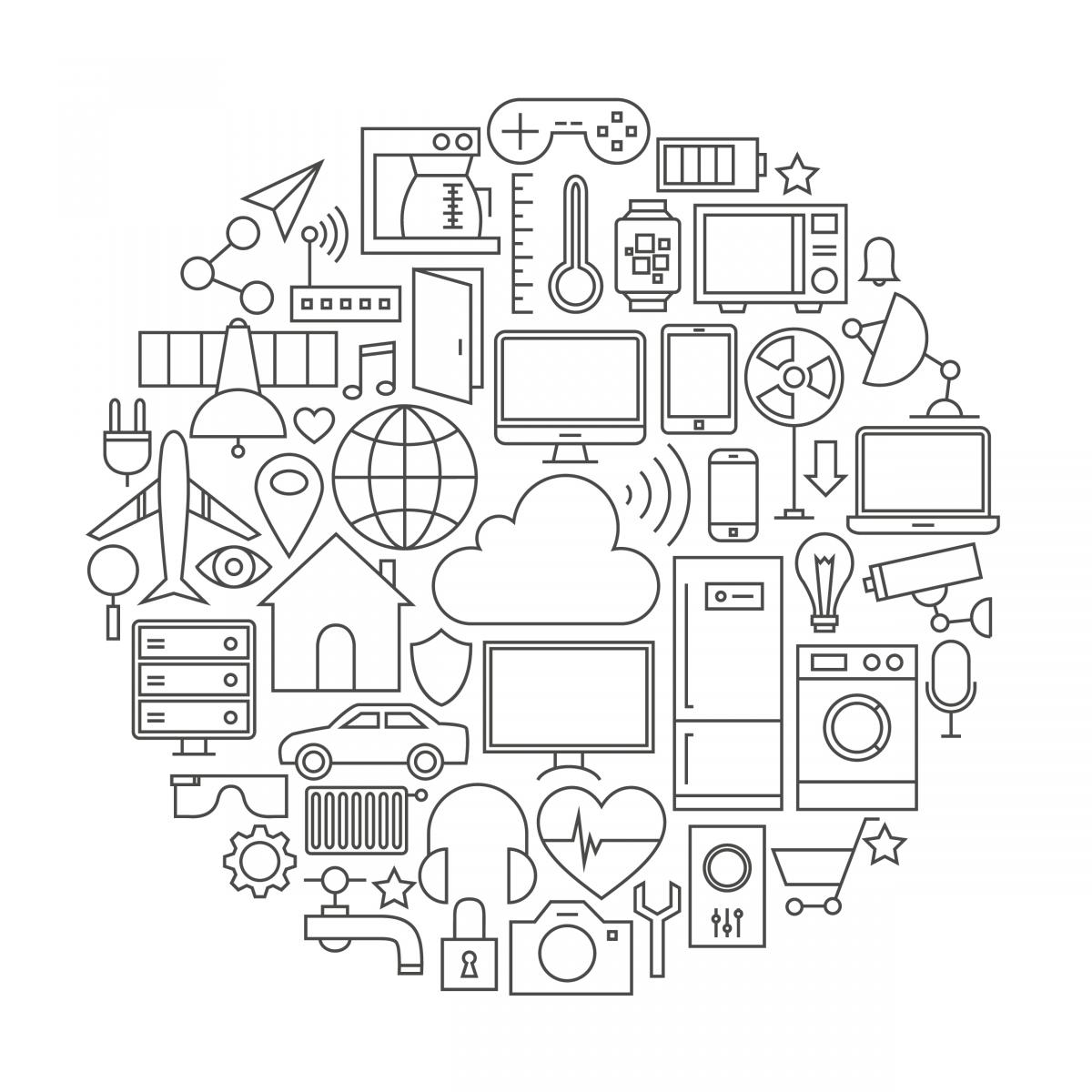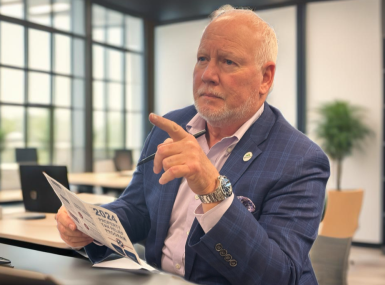‘Things’ to rule the Internet
Upcoming Events
Related News

Counties use Internet of Things to test ‘smart city’ concepts in housing, transportation, agriculture
Agriculture might not be the first thing you associate with Montgomery County, Md. — with its 1 million residents surrounding the nation’s capital.
And when you do think about farming, the Internet of Things (IoT) might not leap to mind, either.
 For Dan Hoffman, the county’s chief innovation officer, agriculture is but one of the areas that holds promise for the IoT.
For Dan Hoffman, the county’s chief innovation officer, agriculture is but one of the areas that holds promise for the IoT.
The Internet of Things is the network of connected devices that communicate with each other via the Internet. It includes everything from Wi-Fi-enabled crockpots to roadway sensors that relay data about traffic conditions.
According to the Gartner research organization, by 2020 about 30 billion devices, each with its own unique Internet address, will be connected to the Web, and the economic impact of IoT will be more than $14 trillion.
To stay ahead of the curve, Montgomery County has created a Thingstitute — a center that provides opportunities for small and large companies, start-ups and universities to test new technology in real-world environments. “It’s the living laboratory approach, so to speak,” he said.
Hoffman and Greenville County, S.C. Councilmember Fred Payne were among the presenters who discussed their IoT-related plans and projects at the Global City Teams Challenge Tech Jam, March 22–23, at the National Institute of Standards and Technology (NIST) in suburban Maryland.
The Thingstitute’s Smart Agriculture Project involves a variety of research partners, including Microsoft and the University of Maryland. Four farmers are voluntarily participating in a test of sensor technology.
They comprise a pumpkin and squash farm, a dairy that uses robotic milking technology, a persimmon orchard and a company turns unused shipping containers into greenhouses.
“We’re looking at microclimates, soil conditions, really being able to remotely monitor farm operations, and we’re really focused on smaller table-crop producers in our agricultural reserve,” Hoffman said.
The county has more than 63,000 acres of farmland in production which generated $48 million in crop sales, according to the county’s 2012 census of agriculture.
One potential benefit to non-resident farmers is fewer trips to check on their operations.
Before the farming pilot, another Thingstitute project tested a variety sensors in a public housing facility for seniors as part of a Safe Community Alerting Network, aka SCALE — again using voluntary participants. A team including the county, IBM and two colleges put together a system of networked sensors with a health and safety focus to collect data on smoke, heat, light, carbon monoxide, humidity and motion.
Hoffman said the sensors don’t transmit location or personal data. Rather, they send a registration code to a “cloud” service which, when paired with other data, can be used to identify the source of the alert and a resident’s designated contact person can be contacted.
In the context of local governments, the IoT undergirds the concept of “smart cities” — localities built or retrofitted to provide “live” data on public utility operations, traffic patterns, pollution, transit systems and parking spaces, among other information.
“The internet of things connects vehicle to vehicle, vehicle to infrastructure, people to infrastructure, people to vehicles, so it’s very critical,” Payne said.
At the TechJam, he explained Envision Upstate South Carolina, an integrated effort involving Greenville County and several other counties in the state’s northwest corner. Its focus is on “smart transportation corridors and smarter green-villages development.”
“We made a presentation about our ideas to put automated transportation along a major corridor from Greenville-Spartanburg Airport through the city of Greenville, over to the main campus of Clemson University,” Payne said. “It would be a total of 50 or 60 miles.”
Hoffman said it’s hard to imagine an area of governance that won’t be affected by the Internet of Things, especially if to takes more traffic off the roads.
Why? Suppose a county were to issue a bond to build a parking garage, with the expectation of paying if off from the revenue the garage generated over 40 years. In 20 years, that parking garage might be obsolete with the county still stuck with the bill.
“So being aware of these types of things, planning for retrofitting infrastructure — whether it’s parking garage or a bridge or the barriers alongside a road — all of that we need to be thinking about.”
Attachments
Related News

Now I know to remember why I’m there
When David Copeland won a seat on the Tipton County, Tenn. Commission, he made it a point to increase outreach to his district in hopes of engaging his constituents.
2025 Rural Innovation Summit Brings Together Rural Development Leaders at NACo Headquarters
On April 10, NACo hosted the 2025 Rural Innovation Summit at its Washington, D.C. headquarters, convening more than 60 rural development leaders, practitioners, policymakers and advocates for a day of in-depth policy dialogue, partnership building and federal advocacy.
